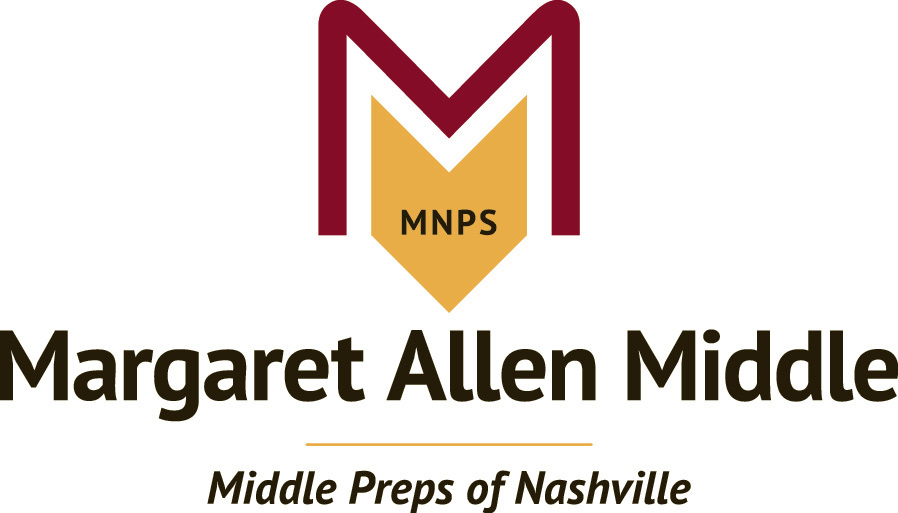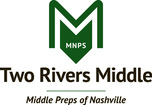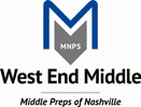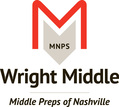|
"Culture eats strategy for breakfast." ~Peter Drucker 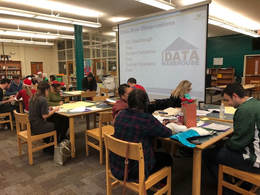 This quote summarizes the importance of culture in an organization. On December 12, 2017, Dr. Shelly Dunaway, Executive Principal at Two Rivers Middle, and her staff used the collaborative inquiry process to analyze culture and climate data for informing culture and climate change at Two Rivers Middle. The meeting began with a strategy called visual synectic. In this strategy, two seemingly unalike ideas are compared. It is an excellent brainstorming activity and helps develop psychological safety at the beginning of the meeting. For this meeting, staff members engaged in a conversation about "culture is like Walt Disney World because...." After activating and engaging staff members in the conversation about culture, the staff participated in the culture and climate data dive. During the data dive, staff members were asked to make observations of the following culture and climate data sets:
The observations were organized and integrated using the Traffic Light protocol (Lipton & Wellman, 2012) to discuss what might be some next steps to stop, continue, and start for Spring 2018. If you'd like to learn more about their work, go here: www.mnpscollaboration.org/two-rivers-dec-2017-culture-and-climate.html GOOD NEWS!! A BIG SHOUT OUT and THANK YOU to everyone who has been part of the MNPS Collaborative Inquiry work as you are part of work that's being recognized nationally by others.
References: Lipton, L., & Wellman, B. (2011). Groups at work: Strategies and structures for professional learning. Sherman, VT: MiraVia, LLC.
0 Comments
 You might see that acronym BHAG and be thinking......"what in the world does that mean?" Well, Cole Elementary has brought BHAGs to their school (Big Hairy Audacious Goals) as a way of having "unrelenting focus, clarity of thought, consistent communication, alignment of resources, innovation, discipline, and teamwork" (Sparks, 2007, p. 13). Cole Elementary started the year with a literacy BHAG and decided to create a BHAG for math. To create the math BHAG, they used the collaborative inquiry process during grade level team meetings to get teacher voice about the math BHAG. Once the teachers' BHAGs were compiled, the leadership team met to finalize the math BHAG. Then, on November 16th, grade level teams are meeting to collaboratively develop action plans for achieving their math BHAG. To read more about their BHAG work, go here: www.mnpscollaboration.org/cole-elem-bhag-fall-2017 Cole Elementary also participated in the SEL Culture and Climate Walk-through. On November 6th, the collaborative inquiry process was used to help them analyzed the data and discuss actions they might stop, continue, and start to continue working on the culture of the building. To learn more about that exciting work, go here: www.mnpscollaboration.org/cole-elem-culture-and-climate--2016.html If you have a collaborative story to share or would like to request assistance, please contact Margie Johnson at [email protected]. Reference: Sparks, D. (2007). Leading for results: Transforming teaching, learning, and relationships in schools. Thousand Oaks, CA: Corwin Press. The Department of Equity and Diversity offers a wonderful professional learning experience called the Poverty Simulation. After participating in the poverty simulation, participants engage in a data dive during the Poverty Simulation follow-up meeting to discuss action steps for supporting student success.
For the poverty simulation follow-up meeting, participants engage in a data dive by reviewing various data warehouse reports, including Assessment Details by Subgroup for TLA, MAP, and/or ACT; Attendance Dashboards for 2017 through 2014, and Behavior Dashboards for 2017 through 2014. To see specific details from each follow-up meeting, click on the name. If you have a collaborative inquiry story or are interested in learning more, please contact Margie Johnson at [email protected].
On August 30, Goodlettsville Middle engaged in the follow-up meeting. While we ran out of time for developing theories of causation, another meeting will occur to finish up the process. These theories will then guide grade level teams' work for supporting student success. To learn more about this meeting, including the PowerPoint presentation and data sets used, go to: Goodlettsville Middle Poverty Simulation Follow-Up Meeting (http://www.mnpscollaboration.org/goodlettsville-middle-poverty-simulation-follow-up-meeting.html)
The Poverty Simulation is an outstanding professional learning experience. If you are interested in learning more about it, please contact Allison Buzard at [email protected]. How are you and/or your school using the collaborative inquiry process for making data-informed decisions? Please share stories, resources, or request support by contacting Margie Johnson at [email protected]. 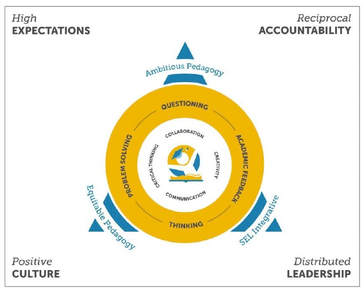 Two components of MNPS' Instructional Framework are positive culture and distributed leadership. Danette Warren, Whites Creek High School Freshman Academy Principal, began addressing these two areas by having her team included in the development of vision and mission statements for their academy. Using the collaborative inquiry process, Dr. Margie Johnson facilitated the one hour meeting during their academy planning time. Below are their current vision and mission statements and if you would like to read more about the process, go to http://www.mnpscollaboration.org/whites-creek-high-freshman-academy-vision-and-mission.html Vision WCHS Freshman Academy will be a bridge to success for students on their journey through high school and beyond. Mission Our mission is to promote a welcoming, safe, caring and supportive environment to prepare our scholars to become successful and productive citizens by providing them with educational opportunities and experiences on their journey through high school. (While we did not get to draft the mission statement during the planning meeting, team members submitted drafts and a consensus was reached via online voting. This statement is the current draft. They do plan to revise it in the next meeting.) If you have a story about collaborative inquiry to share and/or would like support with the collaborative inquiry process, please contact Dr. Margie Johnson at [email protected].
Collaboration Spotlights: JE Moss Elementary, Goodlettsville Middle, CTE Cohort, and Joelton Middle8/4/2017 Beginning the School Year with Collaborative Inquiry According to John Hattie (2015), “the largest barrier to student learning is within-school variability” (p. 1). He recommends that what works best in education is empowering schools to leverage the collaborative expertise of the educators within a building. If often tell teams that I work with that if we had the answer, then we would have implemented it already. However, education faces complex issues today.
Therefore, MNPS’ Collaborative Inquiry process, developed by the MNPS Community of Practice (Haynes Middle, Margaret Allen Middle, Two Rivers Middle, West End Middle, and Wright Middle), is about empowering MNPS educators to use data and educator expertise for addressing a variety of complex issues in order to ensure all MNPS students are successful. I am excited to share that three schools started the 2017-2018 school year off by engaging in collaborative inquiry to have deep conversations about a variety of topics.
If you have a collaborative inquiry story to share and/or need support with the collaborative inquiry process, please feel free to contact… References: Hattie, J. (2015). What works best in education: The politics of collaborative expertise. London, UK: Pearson.
CONGRATULATIONS to |
Email Subscription
Click HERE to subscribe to receive emails for the blog posts. Archives
February 2018
Categories
All
|
- Home
-
Workshop Warehouse
- Collaborative Inquiry for Data Use Workshop (Got Data? Now What?)
- Fishbone and Logic Model Workshop Materials
- Innovation Configurations Materials
- Creating an Evaluation Plan
- Facilitating Collaborative Inquiry Workshop (Dr. Laura Lipton)
- Group Data Exploration (PLI 2016)
- Collaborative Inquiry Community of Practice
- JE Moss Elementary Leadership Team Meeting
- 2016 NCES STATS DC Presentations
- Una Elementary Leadership Team
- Haynes Middle Prep-August 1, 2016
- August 2, 2016--Jere Baxter Middle
- 2016 NTC Nashville Analytics Conference
- Glencliff ES Leadership Team--Sept. 15, 2016
- Haynes MS Leadership Team Culture and Climate Meeting--Sept 19, 2016
- Sept 27, 2016 Two Rivers Leadership Team Meeting
- Rose Park Culture and Climate--2016
- Two Rivers SIP Goal Setting--Sept 20, 2016
- Curriculum and Instruction Meeting--Sept. 30, 2016
- Two Rivers--October 10, 2016
- John Early Culture and Climate--2016
- CTE Cohort--October 11, 2016
- Apollo Middle Milestone Meeting
- Murrell--Culture and Climate 2016-2017
- Margaret Allen--Jan 4, 2017 Culture and Climate
- Head Magnet Middle--Jan 4, 2017
- Apollo Middle--Jan 10 & 25, 2017
- IT Creswell Vision and Mission
- Dr. Springer Literacy CoP
- Two Rivers SIP Process Feb & Mar 2017
- East Nashville SIP March 2017
- East Nashville Behavior Plan May2017
- Family Engagement Data Dive
- Leading Collaborative Inquiry
- DuPont Tyler Middle Vision and Mission
- Facilitating Collaborative Teams
- 2017 SEL Conference Culture and Climate Change
- JE Moss Elementary Leadership Team Meeting--2017
- Goodlettsville Middle Vision and Mission
- CTE Cohort--July 26, 2017
- Joelton Middle Vision and Mission
- Whites Creek High Freshman Academy Vision and Mission
- Goodlettsville Middle Poverty Simulation Follow-Up Meeting
- Exceptional Education Coaches
- Hull Jackson Montessori Poverty Simulation Follow-Up Meeting
- Central Office Poverty Simulation Follow-Up Meeting
- Jones Paideia Poverty Simulation Follow-Up Meeting
- Cole Elem BHAG Fall 2017
- Cole Elem Culture and Climate--2016
- NAZA Data Dive Nov 3, 2017
- Metro Data Coord Meeting Nov 16, 2017
- 2017 Learning Forward Workshop
- Two Rivers Dec 2017 Culture and Climate
- MNPS Learning Tech Jan 2018
- MNPS SE Quadrant Leadership Meeting Jan 2018
- Margaret Allen Middle Jan 2018 Culture and Climate
- MNPS Early Learning Jan 2018
- Lakeview Elementary Jan 2018
- Wright MS SIP Process Jan 2018
- Cane Ridge HS Student Data Chats Jan 2018
- Antioch Middle Spring 2018
- Whites Creek HS Feb 2018
- 2019 Wright MS Leadership PLC
- July 2019--JE Moss Elementary Leadership Team Meeting
- Collaboration Corner Blog
- MNPS Data Guides
- Meeting Structures and Strategies
- Feedback
- Collaborative Inquiry Working Group
- Reading List
- Home
-
Workshop Warehouse
- Collaborative Inquiry for Data Use Workshop (Got Data? Now What?)
- Fishbone and Logic Model Workshop Materials
- Innovation Configurations Materials
- Creating an Evaluation Plan
- Facilitating Collaborative Inquiry Workshop (Dr. Laura Lipton)
- Group Data Exploration (PLI 2016)
- Collaborative Inquiry Community of Practice
- JE Moss Elementary Leadership Team Meeting
- 2016 NCES STATS DC Presentations
- Una Elementary Leadership Team
- Haynes Middle Prep-August 1, 2016
- August 2, 2016--Jere Baxter Middle
- 2016 NTC Nashville Analytics Conference
- Glencliff ES Leadership Team--Sept. 15, 2016
- Haynes MS Leadership Team Culture and Climate Meeting--Sept 19, 2016
- Sept 27, 2016 Two Rivers Leadership Team Meeting
- Rose Park Culture and Climate--2016
- Two Rivers SIP Goal Setting--Sept 20, 2016
- Curriculum and Instruction Meeting--Sept. 30, 2016
- Two Rivers--October 10, 2016
- John Early Culture and Climate--2016
- CTE Cohort--October 11, 2016
- Apollo Middle Milestone Meeting
- Murrell--Culture and Climate 2016-2017
- Margaret Allen--Jan 4, 2017 Culture and Climate
- Head Magnet Middle--Jan 4, 2017
- Apollo Middle--Jan 10 & 25, 2017
- IT Creswell Vision and Mission
- Dr. Springer Literacy CoP
- Two Rivers SIP Process Feb & Mar 2017
- East Nashville SIP March 2017
- East Nashville Behavior Plan May2017
- Family Engagement Data Dive
- Leading Collaborative Inquiry
- DuPont Tyler Middle Vision and Mission
- Facilitating Collaborative Teams
- 2017 SEL Conference Culture and Climate Change
- JE Moss Elementary Leadership Team Meeting--2017
- Goodlettsville Middle Vision and Mission
- CTE Cohort--July 26, 2017
- Joelton Middle Vision and Mission
- Whites Creek High Freshman Academy Vision and Mission
- Goodlettsville Middle Poverty Simulation Follow-Up Meeting
- Exceptional Education Coaches
- Hull Jackson Montessori Poverty Simulation Follow-Up Meeting
- Central Office Poverty Simulation Follow-Up Meeting
- Jones Paideia Poverty Simulation Follow-Up Meeting
- Cole Elem BHAG Fall 2017
- Cole Elem Culture and Climate--2016
- NAZA Data Dive Nov 3, 2017
- Metro Data Coord Meeting Nov 16, 2017
- 2017 Learning Forward Workshop
- Two Rivers Dec 2017 Culture and Climate
- MNPS Learning Tech Jan 2018
- MNPS SE Quadrant Leadership Meeting Jan 2018
- Margaret Allen Middle Jan 2018 Culture and Climate
- MNPS Early Learning Jan 2018
- Lakeview Elementary Jan 2018
- Wright MS SIP Process Jan 2018
- Cane Ridge HS Student Data Chats Jan 2018
- Antioch Middle Spring 2018
- Whites Creek HS Feb 2018
- 2019 Wright MS Leadership PLC
- July 2019--JE Moss Elementary Leadership Team Meeting
- Collaboration Corner Blog
- MNPS Data Guides
- Meeting Structures and Strategies
- Feedback
- Collaborative Inquiry Working Group
- Reading List
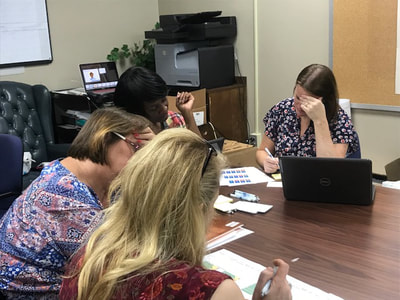
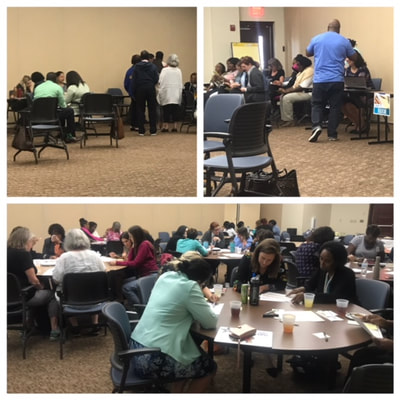
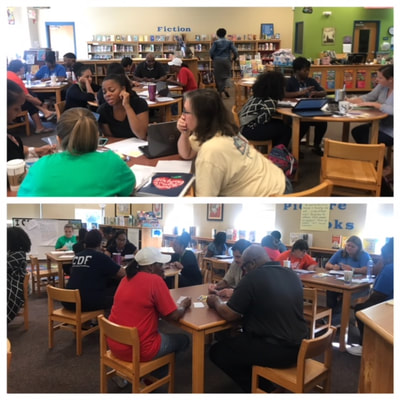
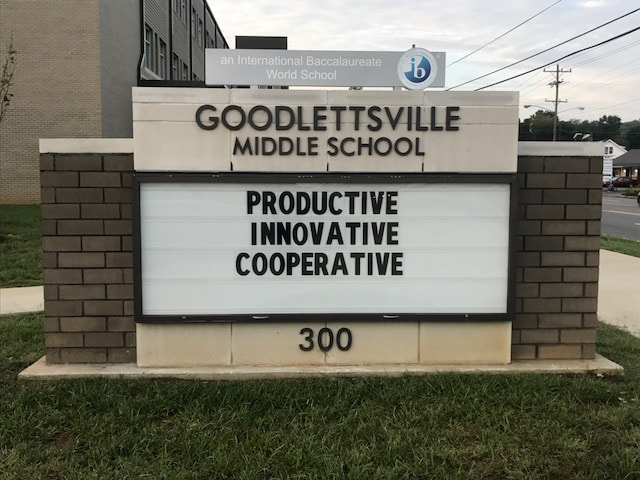
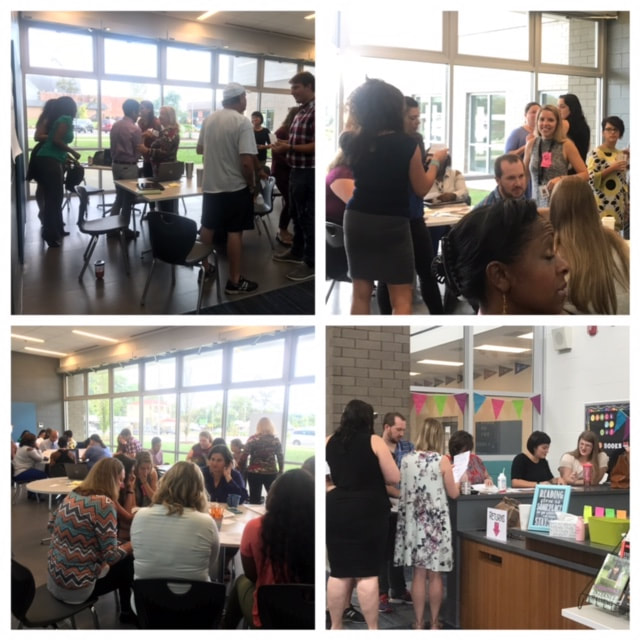
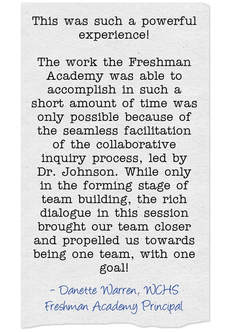
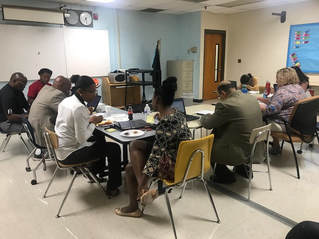
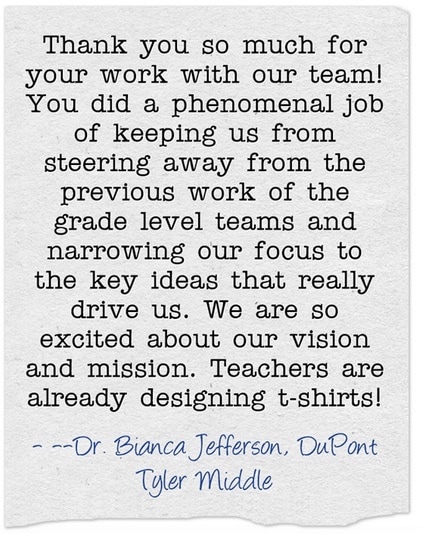

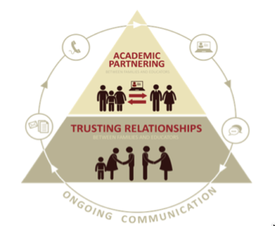
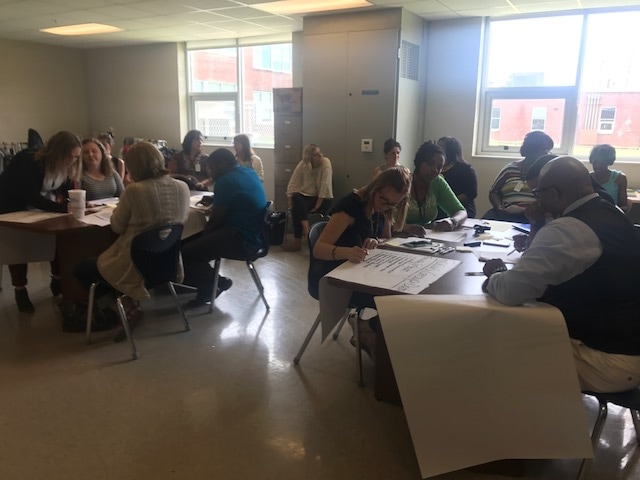
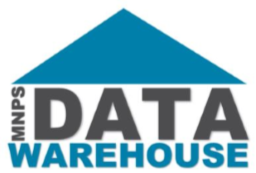
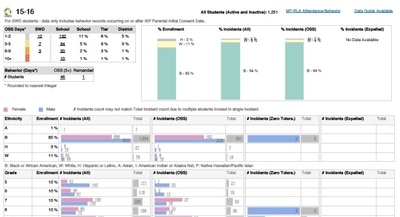
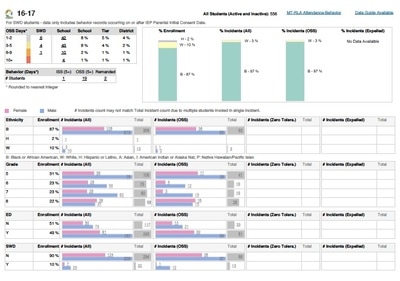
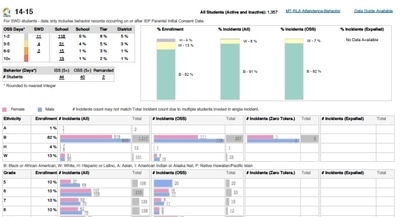
 RSS Feed
RSS Feed

